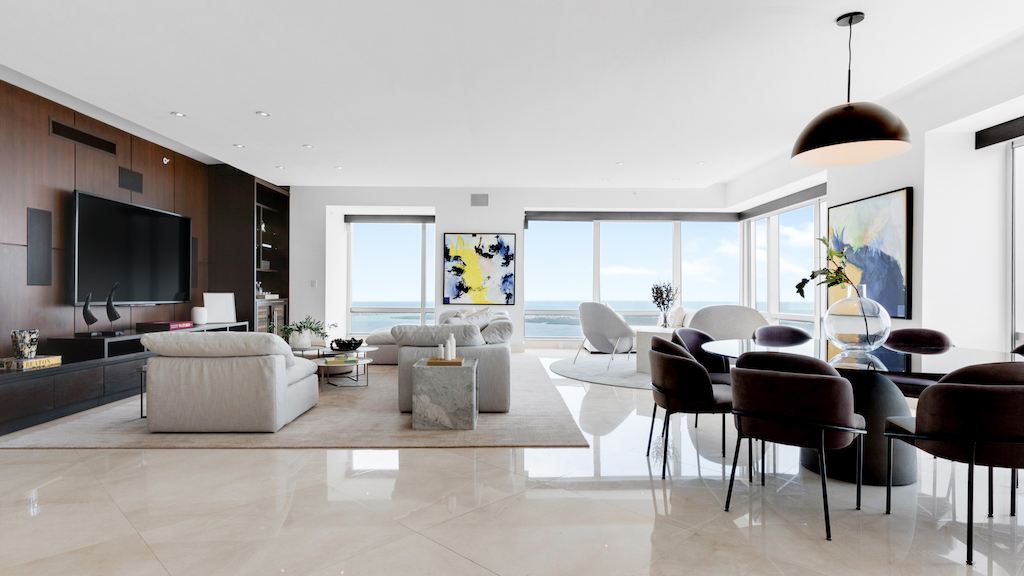What is the most critical question a client should ask when selecting an interior designer?
Clients should understand that all designers and design firms are not structured the same. When interviewing firms, it is important for the client to understand exactly what services are being performed and what the client can expect from the designer. It is important that there is a clear understanding of what deliverables are provided by the designer in order for the client to make an "apples to apples" assessment.
1. Is the designer providing drawings and contract documents?
2. Does the designer do 3-D computer modeling or renderings?
3. Does the designer do the interior elevations to express the design and layout of the tile or custom mill-work, or is this handled by a third party?
4. Are the materials that are attached to the house ( i.e. tile , wood floor , stone, millwork, etc.) purchased through the general contractor or are they purchased by the designer?
What are the primary factors needed to make an interior design project successful? How do you define your success?
My success comes from a project that allows me to be as creative as possible. I do not offer cookie cutter design.
My hope is that the client enjoys the process as much as I do and that they love the end result. They understand that without my knowledge, creativity and input on the project, the outcome would never be as exciting or unique. That being said, design is a collaborative experience. I enjoy the clients input as it solidifies the element of a very personal and individual statement unique solely ( i.e. tile, wood floor) to them.
Design is an educational process which allows both the client and the designer to grow and learn. I never repeat the same designs nor use the same materials. Each home is the result of studying what is true and proper for each client's individual tastes, vision and dreams.
Designers and clients often have different visions for what a room should look like. What is the best way to identify your client’s aesthetic?
Residentially, it is often not just one client who is defining the aesthetic style but both partners, making it more difficult if they have differing points of view and opinions. I like to start with the architecture.
Once the client is on board with the architecture and the materials, it is easier to start identifying what a clients likes and dislikes. In most cases, we start the process with a lengthy programming questionnaire. This is filled out individually to ensure that each person has a voice on their likes, wants, needs and dreams without the other dominating the field. Most clients know what they don’t like. They often times cannot articulate what they do like. Even after years of being together, people are surprised at the answers on the questionnaire from their partner. It makes for great reading.
To learn more about Elizabeth A. Rosensteel, visit her Haute Design Network Profile.






